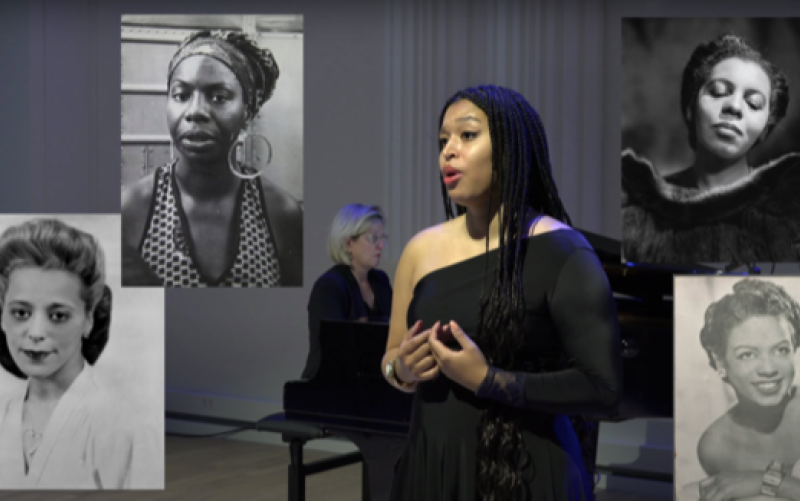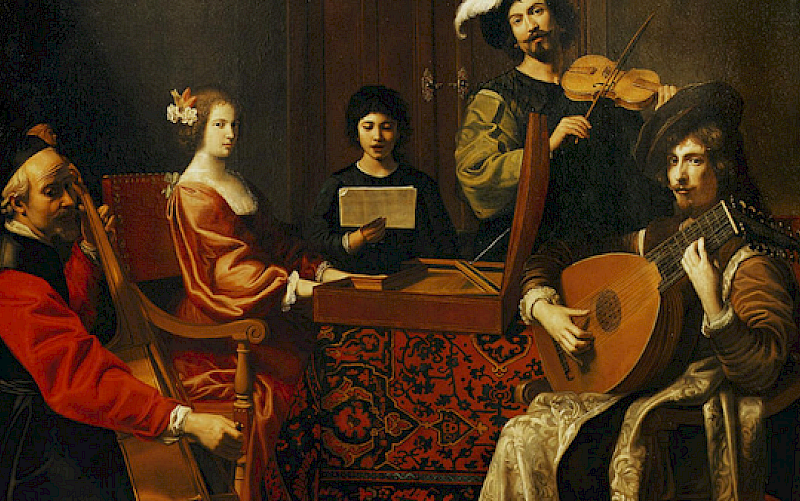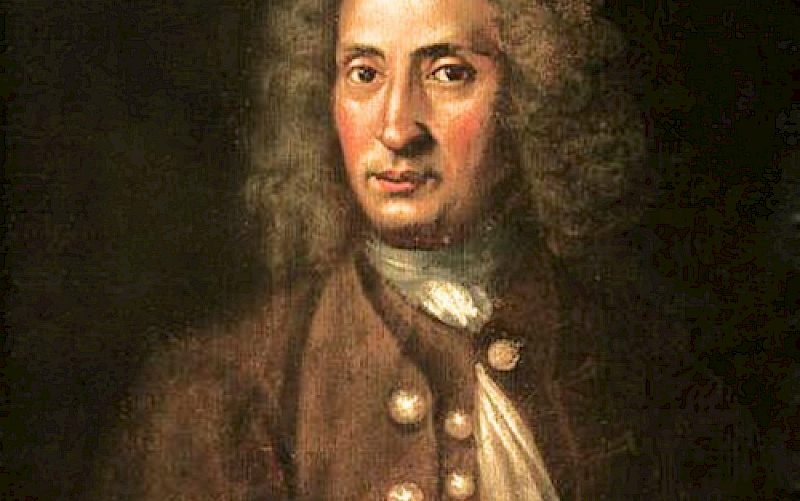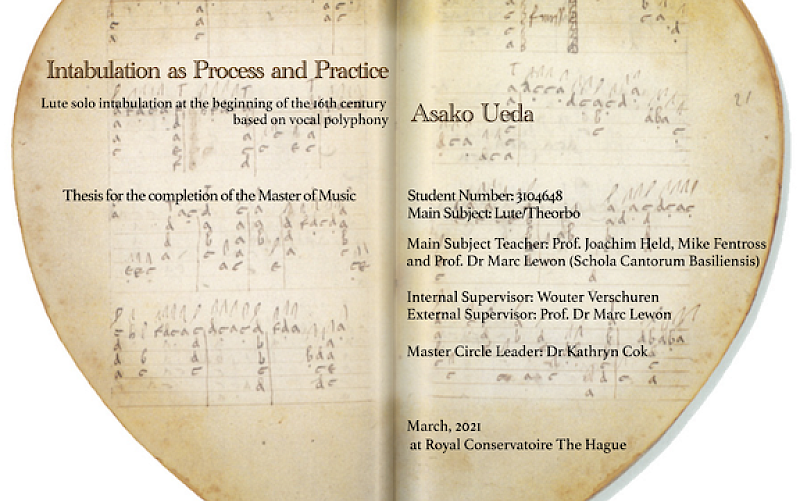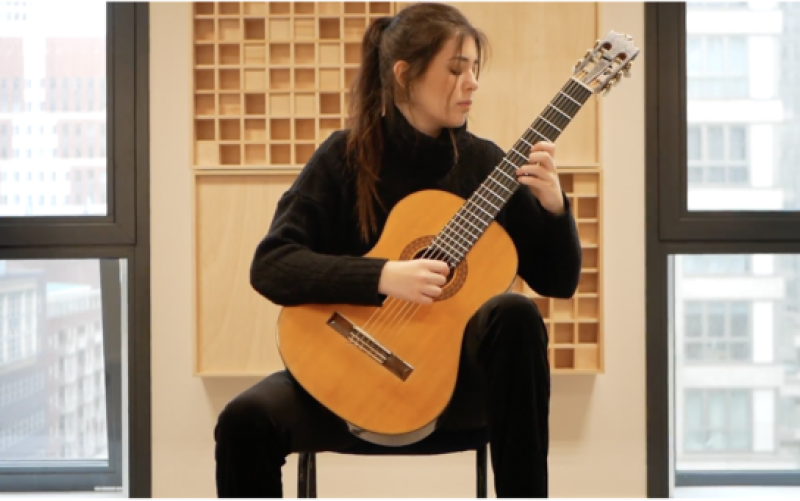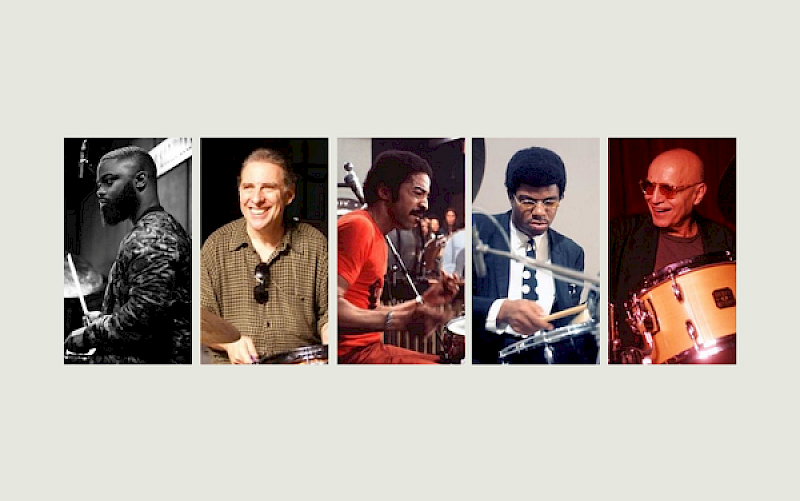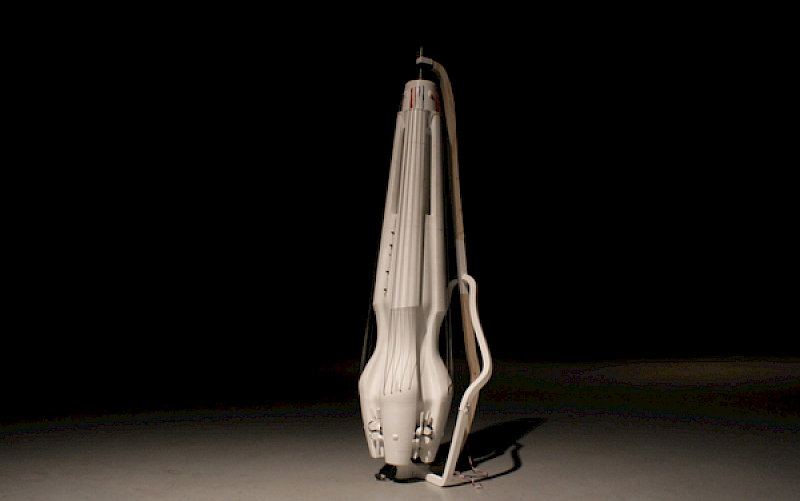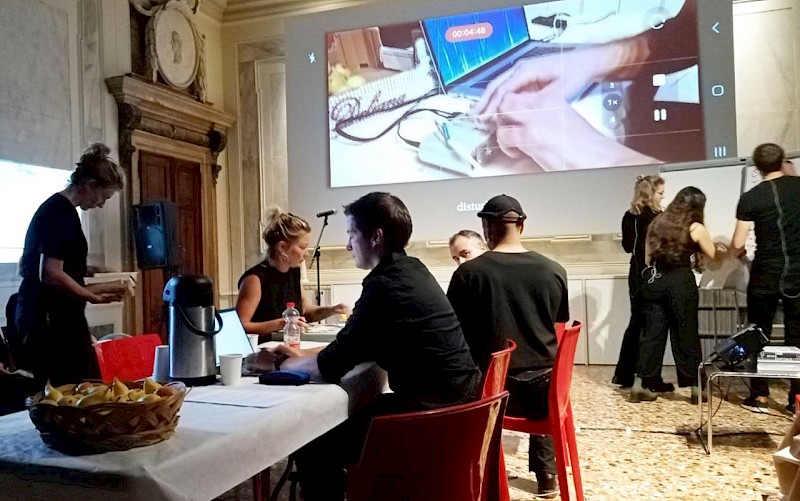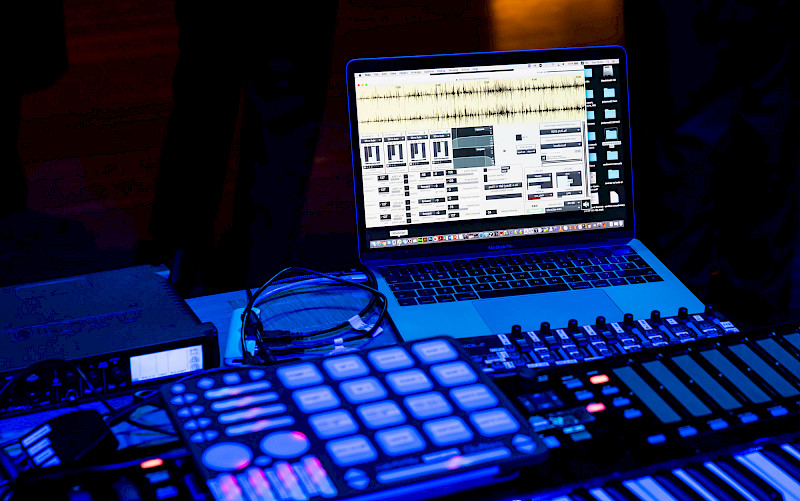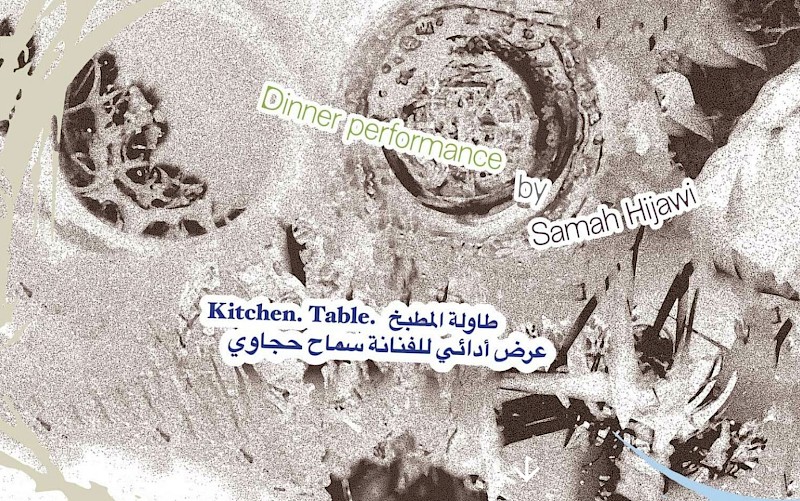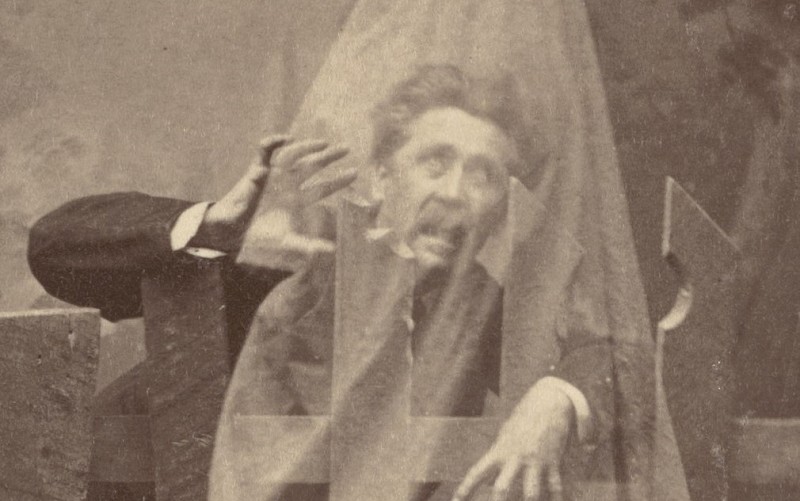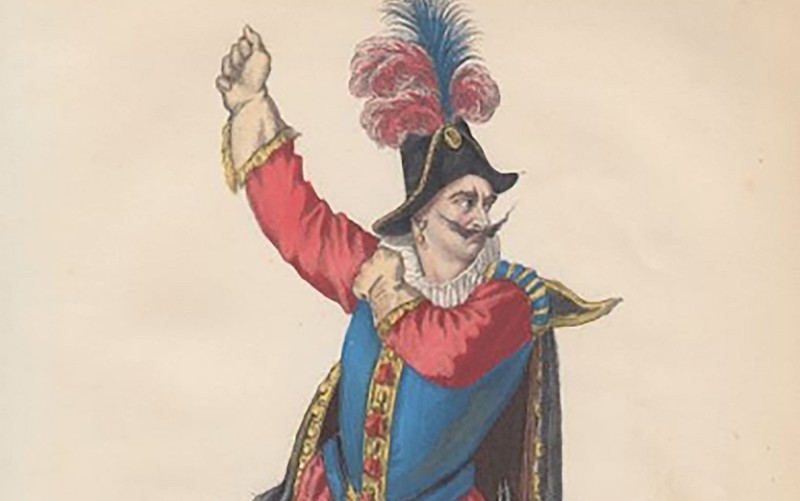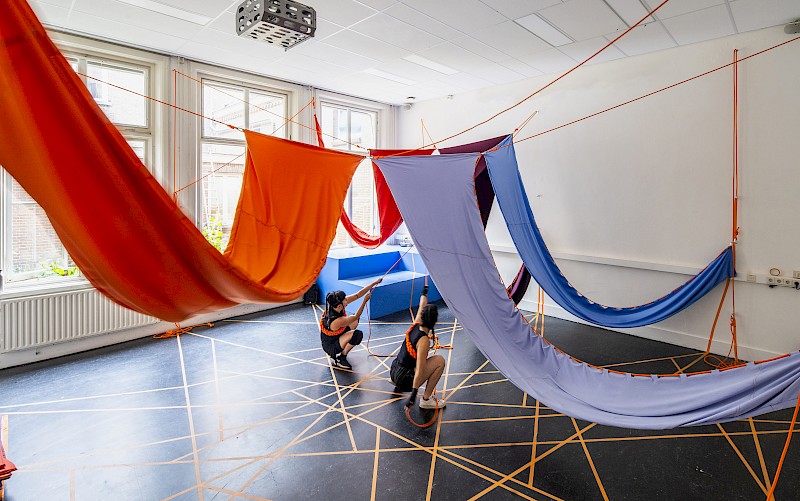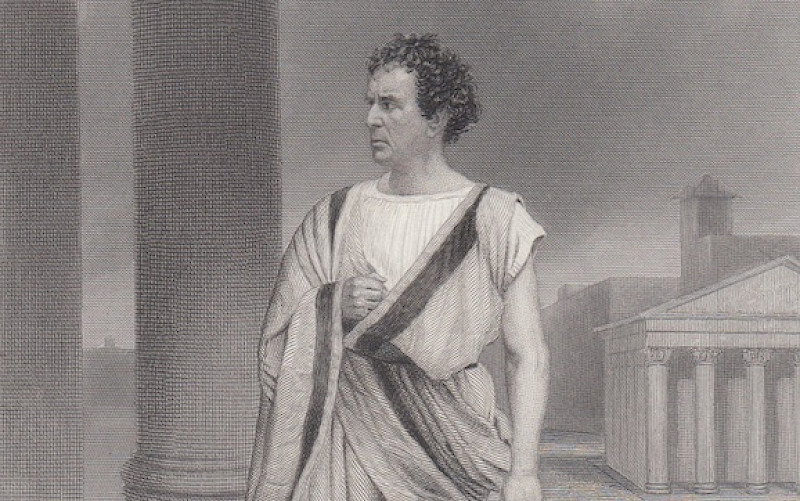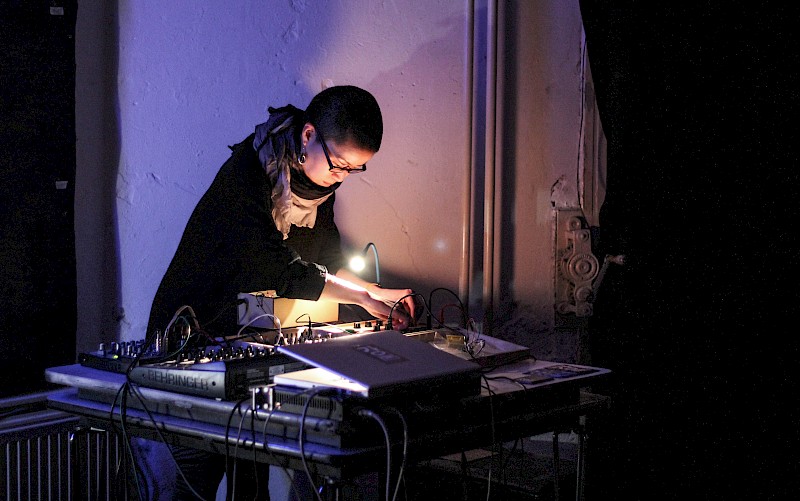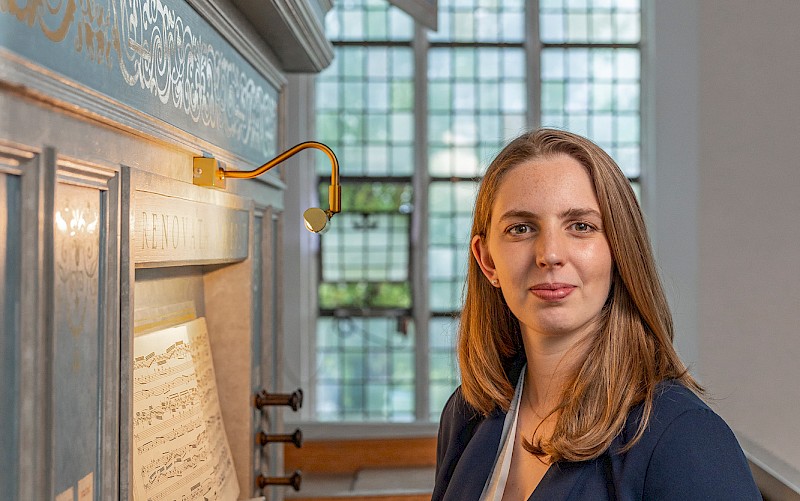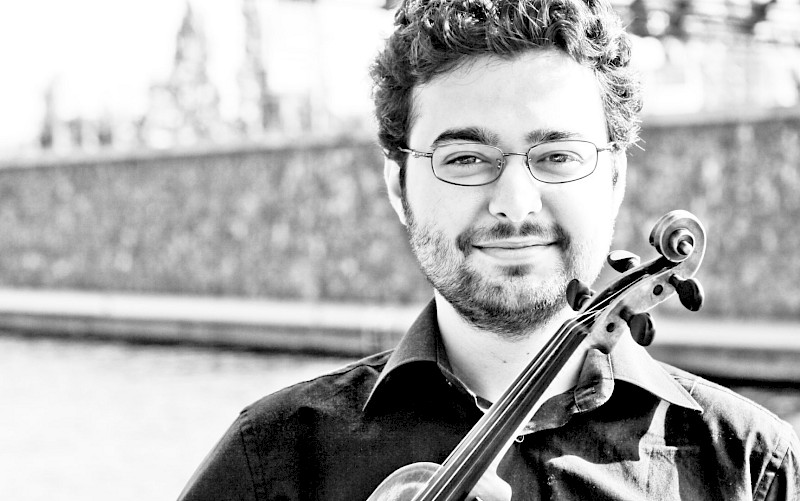An Approach to Romantic cello playing in Brahms's time
The revolution of sound recording at the beginning of the 20th century influenced classical performance practice, setting definitive interpretations and eradicating more personal approaches to music-making. Many fundamental expressive devices were lost over the years and thus Romantic musical performance was no longer understood in the same way. This is why my research tries to look backwards in time with the aim of exploring the main attributes of Brahms’s Romantic style in music for string instruments. My research aims to: (1) understand lost Romantic expressive devices and how they worked, and (2) explore ways of using them today. I first analysed primary and secondary literature to establish context. Then I examined historical edited cello scores by Brahms, using them to show the different fingerings and slurrings provided by the main cellists of the period, which give us a clear idea about the use of portamenti, for example. Finally I listened to cello and string quartet early recordings to hear sonic evidence of these techniques, before applying them in Brahms's chamber music for cello. The main outcome I found is that diverse and emotional approaches to music-making made the Romantic period unique. I hope these tools can encourage today’s cellists and string players in general to create new, more personal, freer and more creative approaches to playing Romantic repertoires.
Author: María Cadenas Rodríguez
